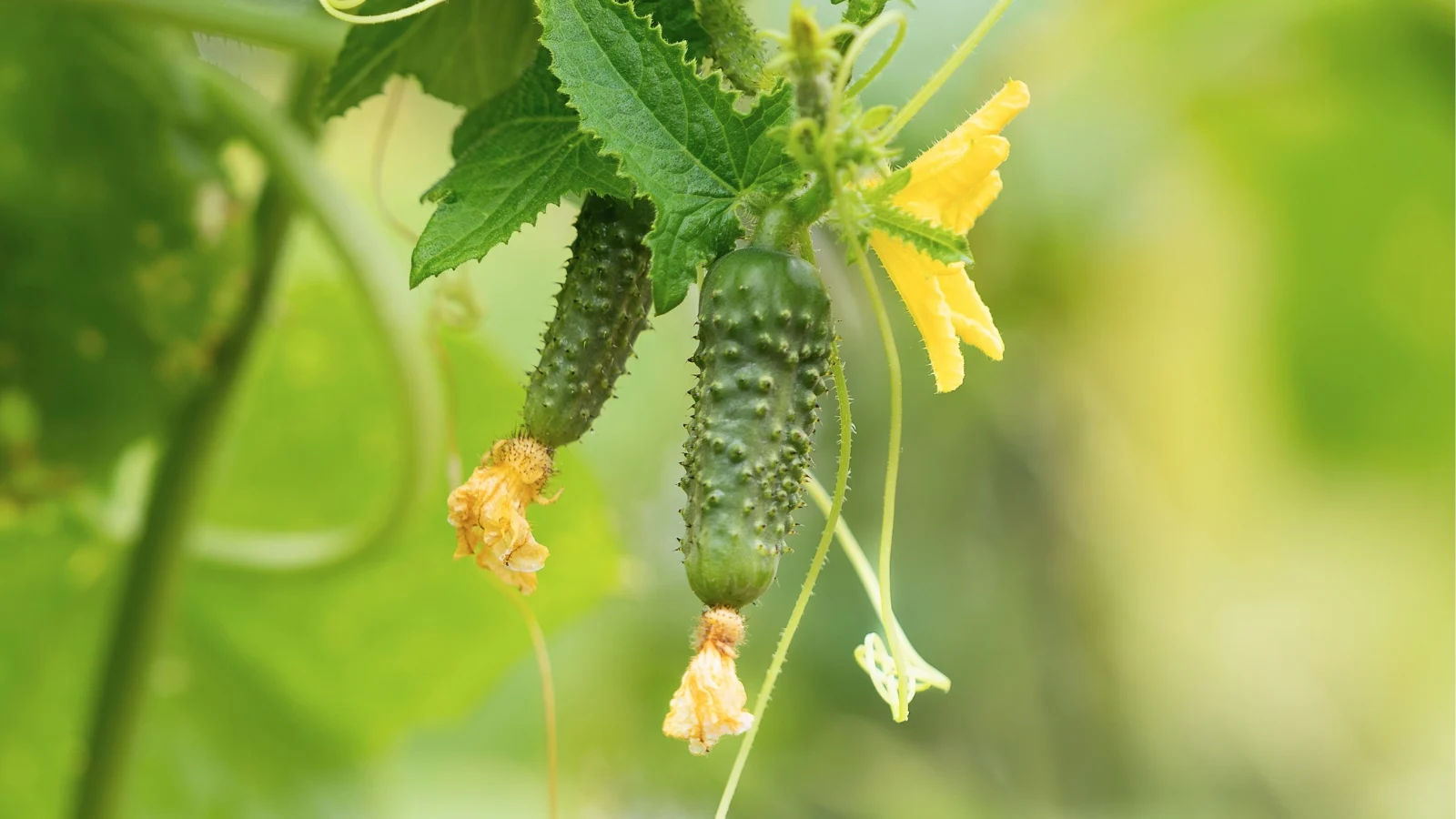Succession Planting: A Continuous Harvest Throughout the Season. Rather than picking everything all at once, succession planting brings fresh veggies and fruits continuously throughout the season. For those plants that come ripe all at once, this technique guarantees multiple harvests. By planting your favorites in successive rounds, they come in at different times, providing a constant supply.
Employ succession planting to plant more of your favorites. Quick-growing vegetables are particularly wonderful—they provide several harvests in one season and can be directly sown with ease. Your regional climate contributes as well, particularly temperature and the length of your growing season. Some varieties of plants, such as compact or dwarf ones, develop quicker than their full-sized counterparts, expediting the process.
This technique extends your harvests. It’s an economical means to have more fresh fruit and vegetables throughout the season—even plenty to store during winter. Take advantage of leftover seeds or late-season plantings to have the perfect timing on your harvests for optimal flavor and nutrition.
What is Succession Planting?
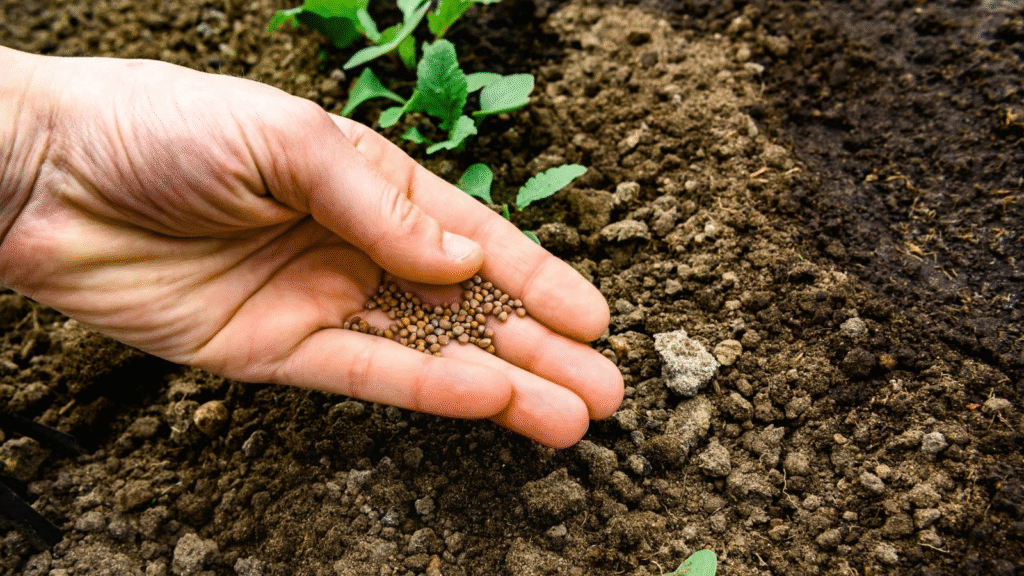
It’s simply planting the same crop in stages over the season. Through sowing or transplanting in intervals, you maintain a continuous supply. Staggered planting times have a fresh batch ready when the previous one is done. Try new varieties or enjoy your old favorites—particularly if you already have the ideal growing area. Plant another round after removing the old crop, or begin anew in a different location while the first continues to grow.
This method is marvelous on crops that mature all at the same time (such as carrots or determinate tomatoes). It’s excellent, too, on crops you harvest frequently—vegetables, herbs, or even flowers. And if a crop doesn’t keep up in summer heat or falls victim to pests, an additional planting can step in and continue the harvest.
It is based on your climate. Radishes and leafy greens can be grown all summer in northern climates, and warmer climates can add months to the season using heat-tolerant plants such as beans, squash, and tomatoes. Your last frost in spring and first frost in fall are guides to ensure your last planting has time to harvest.
Succession planting also keeps garden beds productive as seasons transition. For instance, plant summer squash after peas, kale in autumn, and a winter cover crop. Mating some crops even enhances the health of soil by rotating crops.
Sweet Corn
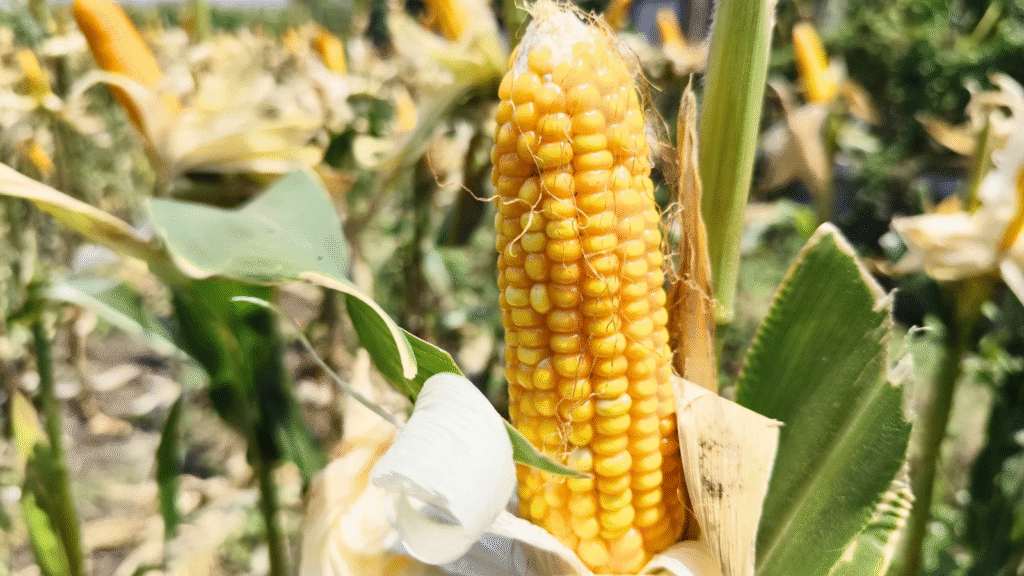
Sweet corn is the best for fresh eating—juicy, sweet, and delicious. This heat-loving crop grows fast from seed in warm weather. Plant seeds directly 1-2 weeks after the last frost, once soil temps hit at least 60°F (16°C). Sow new rounds every few weeks for a summer-long supply. Since stalks produce all at once, staggering plantings means multiple harvests.
You can plant early, middle, or late-season types—plant the same one in succession or combine various ones for staggered maturation. In cooler temperatures, experiment with ‘Golden Bantam,’ an early heirloom that performs well in cool spring soils.
Corn is open-pollinated, so if you plant several varieties that mature simultaneously, they may cross-pollinate (impact flavor and color). To avoid this, plant 14 days apart or choose varieties having different maturity dates.
Summer Squash
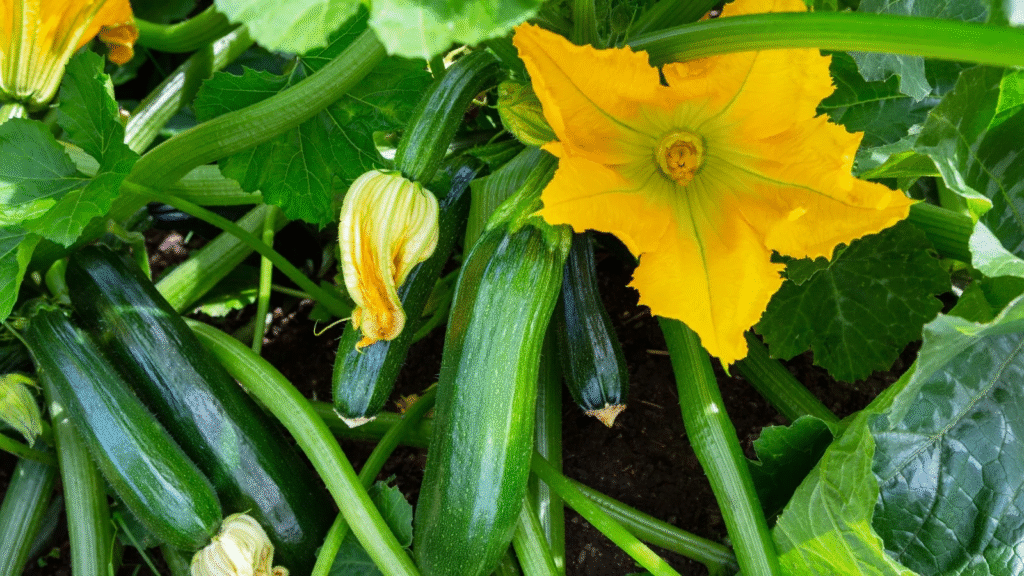
Summer squash (such as zucchini and pattypan) develops rapidly from seed. Bush varieties mature earlier than vining varieties, thus ideal for short summers or late plantings.
A late planting (about late July or August) has advantages—particularly if squash bugs or squash vine borers are an issue. These insects peak in mid-summer, so the later crop misses the worst of them. Just ensure you have at least 55 warm days remaining for bush types to mature.
‘Black Beauty’ is an heirloom bush zucchini—abundant, effortless to grow, and tasty. Sow seeds in warm soil (70-85°F / 21-29°C) for optimal results.
Bush Beans
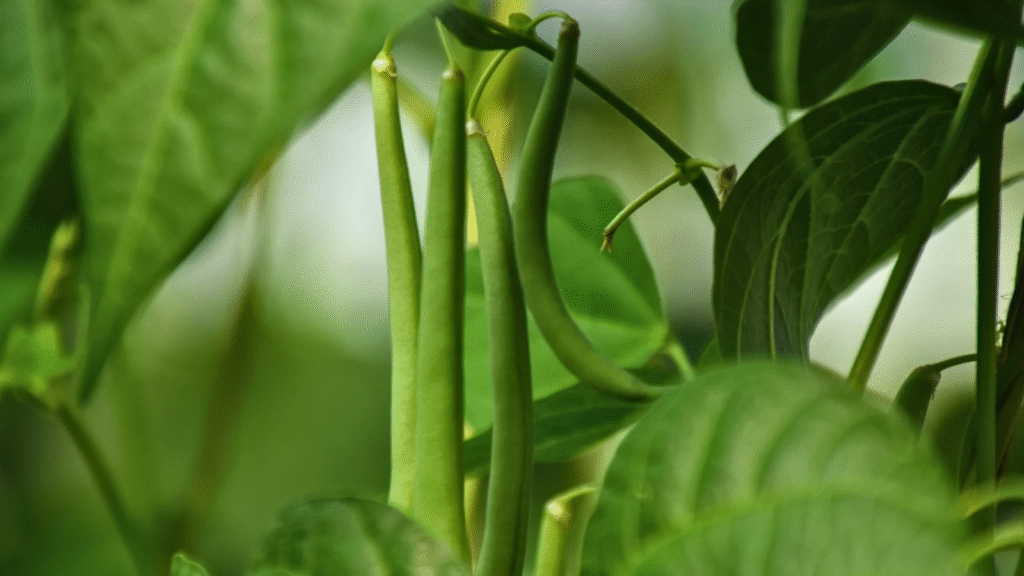
Bush beans are tolerant of cool-to-warm temperature fluctuations and mature quickly (around 50 days). Sow them directly where they’re to grow and enjoy mild summer weather (below 90°F / 32°C). Sow new rounds every 1-2 weeks for perpetual harvests. In warm weather, sow them in the spring and fall.
Good air circulation prevents fungal problems, so seed thinly for good spacing. Dependable choices are ‘Maxibel Filet’ (long, slender green beans) and ‘Contender’ (disease-resistant and heat-tolerant). Harvest frequently to keep the plants productive.
Cucumber
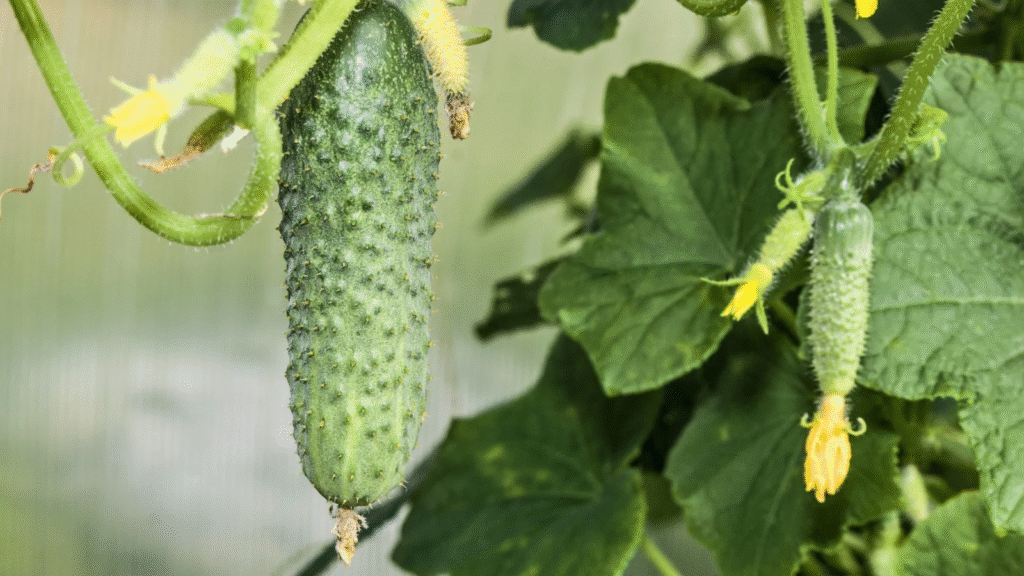
Cucumbers are ideal for succession planting—they’re productive but can lag in summer heat or fall to pests. Sow the initial batch 2 weeks after the final frost (soil at least 60°F / 16°C). Plant new rounds every 3 weeks, ceasing 4-6 weeks before fall frost.
‘Spacemaster 80’ is a dwarf type, ideal for little space. ‘Marketmore’ is strong, disease-free variety. For a one-of-a-kind variety, give ‘Lemon’ cucumbers a try—round, yellow, and early-producing.
Carrots
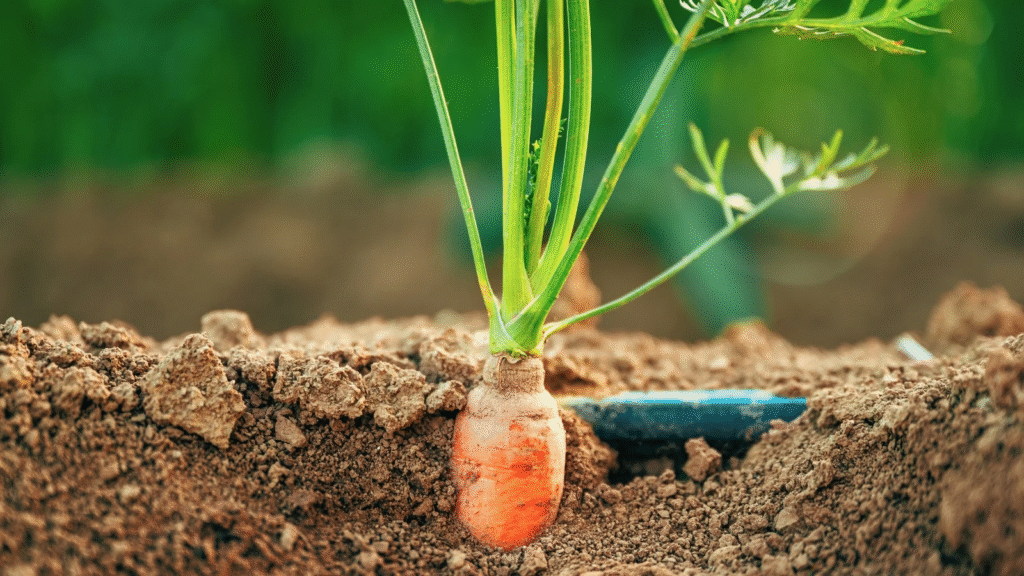
Carrots prefer to grow in cool weather and can tolerate some heat. Sow every 3 weeks up to 10-12 weeks before fall frost. In warm weather climates, plant in late winter/spring and late summer.
‘Shin Kuroda’ is sweet and heat-tolerant even in heavy soil. Radishes and carrots grow well together—plant them together, then pick radishes first to thin out the bed.
Radishes
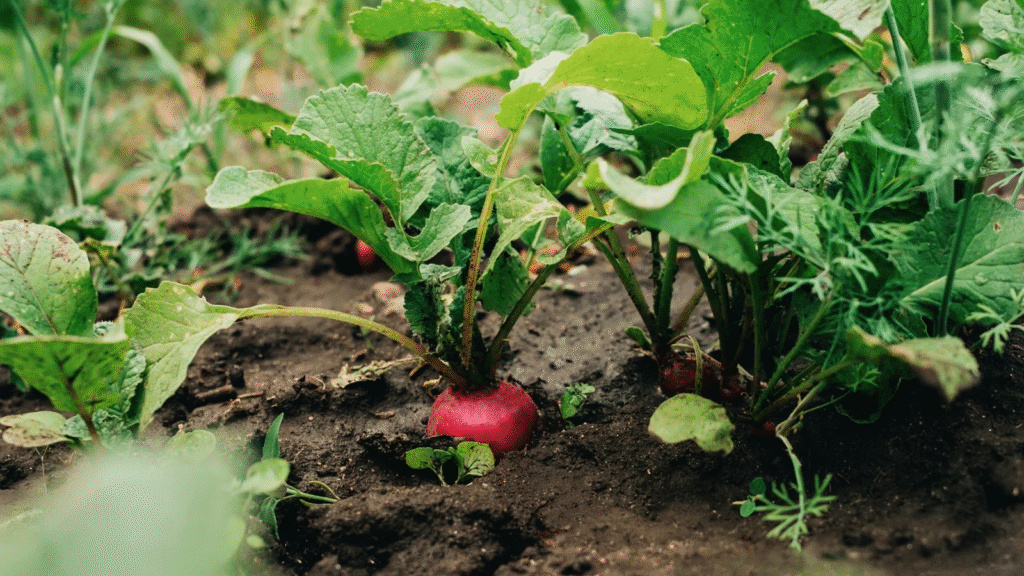
Radishes mature quickly and are perfect for succession planting with carrots. They’re crunchy, colorful, and ideal for small gardens. In cool weather, sow continuously until frost forms.
‘Cherry Belle’ is an old favorite—deep red, snappy, and in a hurry.
Beets
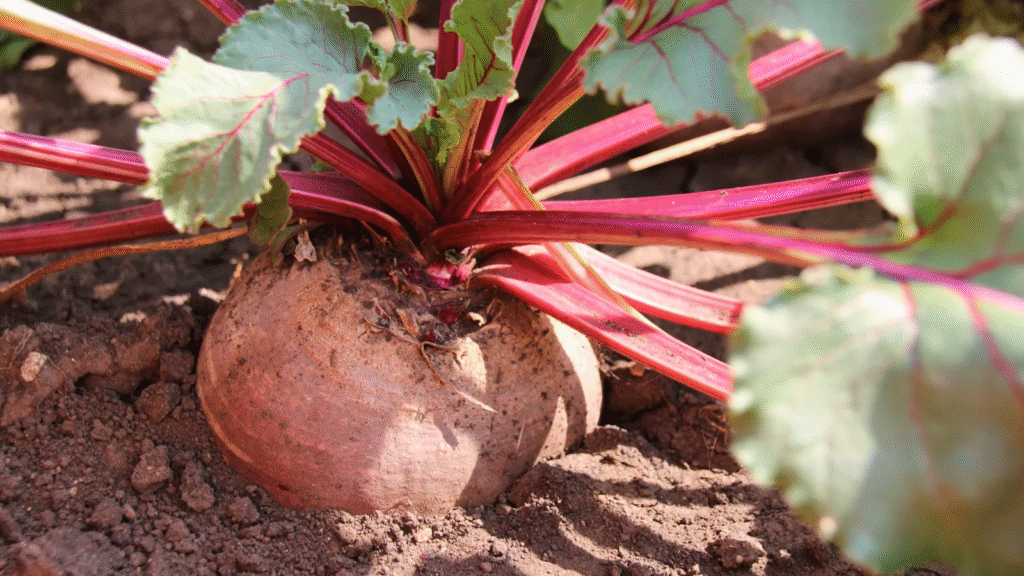
Beets aerate soil and concentrate nutrients in greens and roots. Sow in early spring (4 weeks before last frost) or mid-summer for fall crops. In cool climates, sow every 3 weeks.
‘Robin’ grows compact, sweet beets quickly. ‘Chioggia’ is a striped heirloom with dramatic appearance.
Spinach
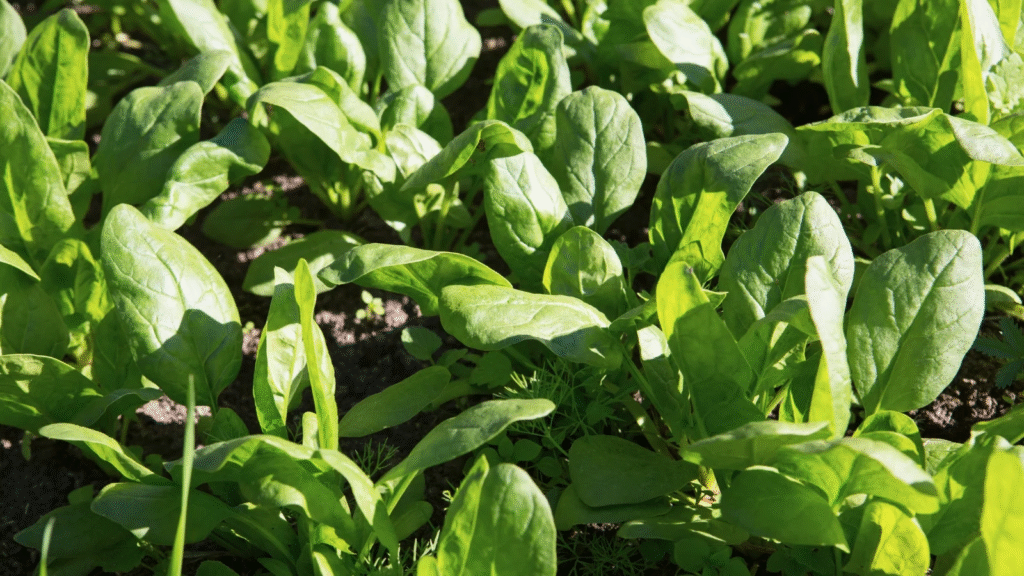
Spinach prefers cool weather. Sow every 3 weeks in spring and autumn, avoiding planting a month before frost. Baby leaves are ready to harvest in only 20-25 days.
‘Bloomsdale’ is a dependable heirloom with sturdy, curly foliage.
Tomatoes
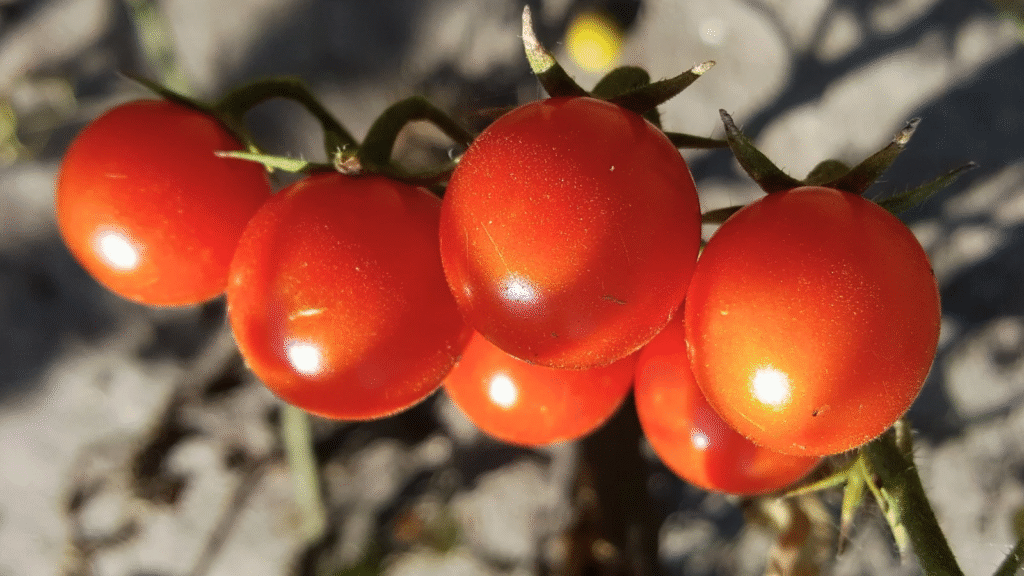
Determinate tomatoes (which mature all at once) are ideal for succession planting. Overlap varieties or planting dates for several harvests. In hot climates, plant them through fall.
‘Supremo’ is a robust roma variety, excellent for sauces. ‘Red Pride’ is a disease-tolerant slicer that produces late in the season.
Scallions
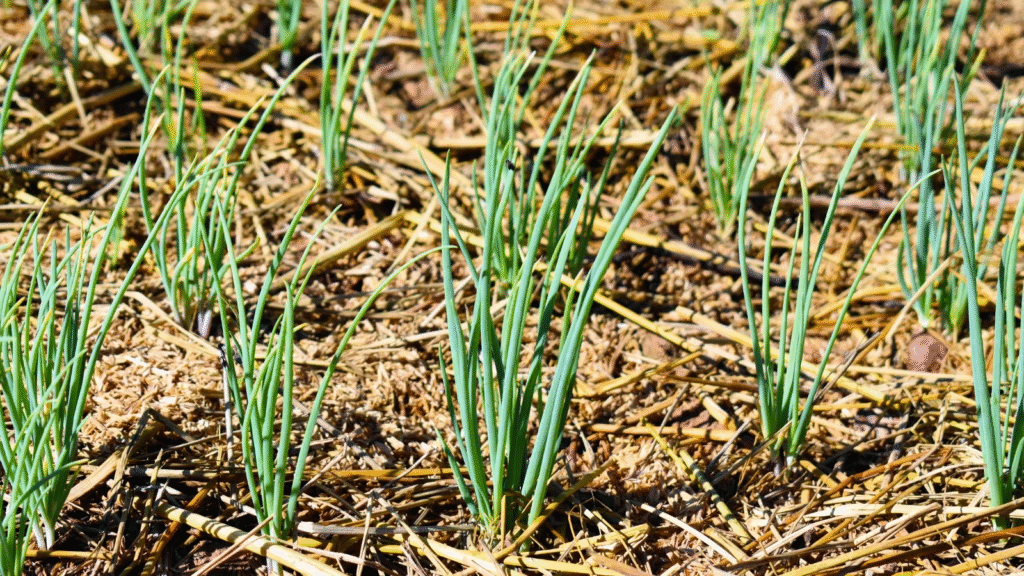
Scallions (green onions) are simple to grow in succession. Plant every 2-4 weeks in cold climates; in warm climates, plant in fall.
‘White Lisbon’ is a hardy heirloom. ‘Tokyo Long’ has mild, sweet taste and tolerates heat and frost.
Snap Peas
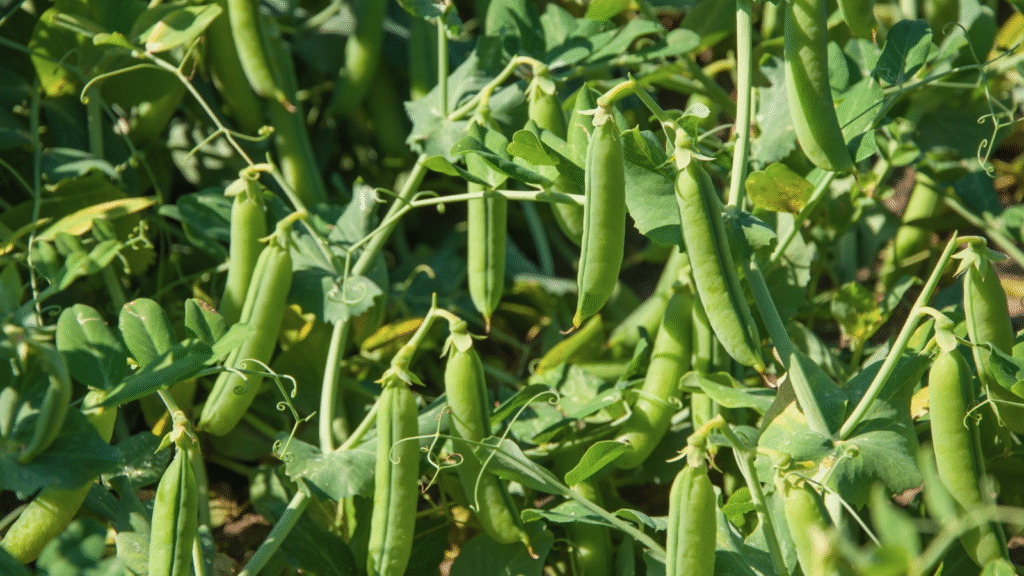
Plant snap peas early in spring and again in late summer for fall harvests. They don’t like heat (above 85°F / 29°C), so avoid midsummer plantings.
‘Sugar Daddy’ is small and perfect for tight spots. ‘Sugar Magnolia’ boasts lovely purple flowers and long vines.
Bok Choy
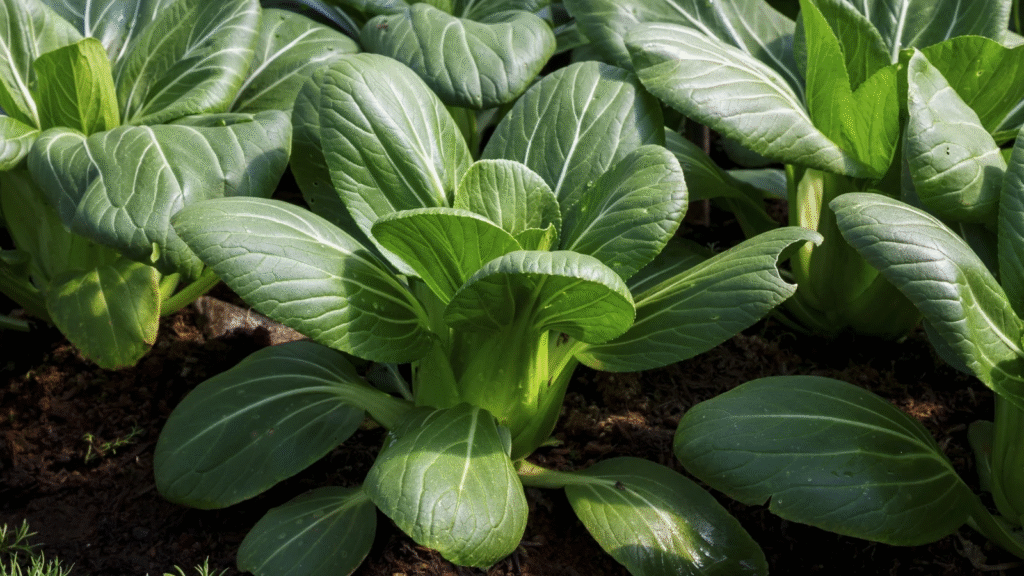
This quick-growing green is ideal for spring and autumn. ‘Toy Choy’ dwarf varieties like are ready to harvest in 30 days.
Sunflowers
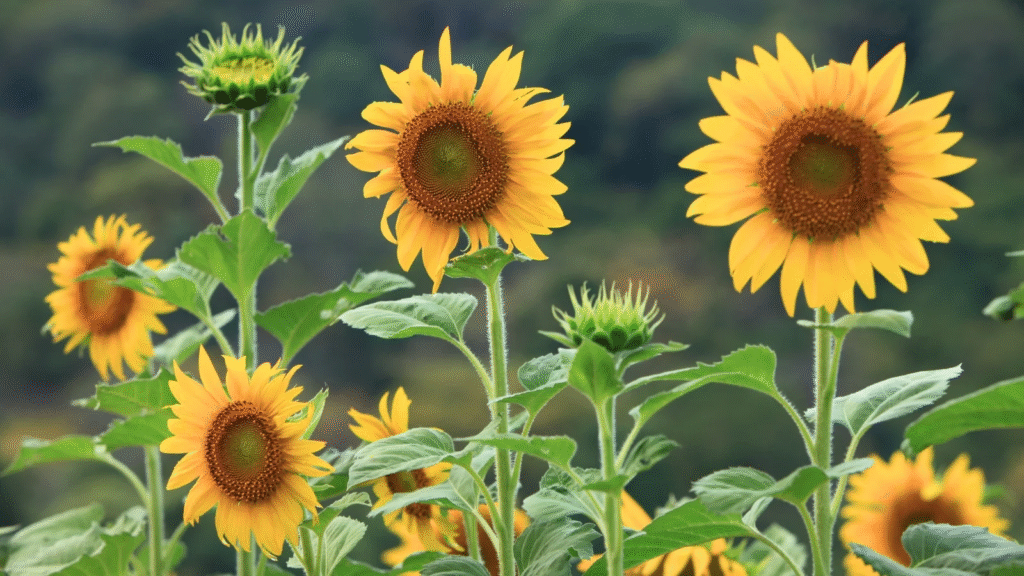
To have flowers and seeds throughout the season, grow sunflowers in succession. Begin 1-2 weeks after the last frost, and plant new rounds every few weeks.
Dwarf types such as ‘Teddy Bear’ are rapid to flower. ‘ProCut’ varieties provide early, vibrant flowers.

